Epoxy flooring is an excellent choice for anyone who wants to protect their garage or other concrete surfaces. This article will discuss everything you need to know about epoxy coatings, including what they are, where they’re typically used, how many layers of coating are necessary for protection, and more.
What is an Epoxy Coating?
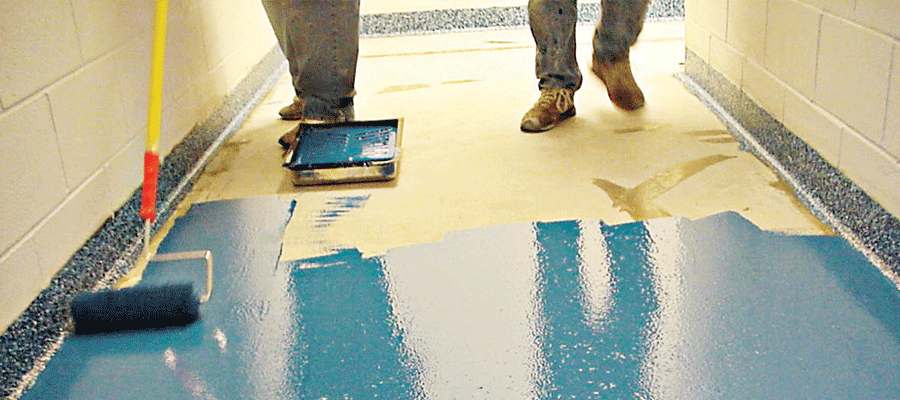
Epoxy coatings are protective finishes that are composed of two separate components, a resin, and a hardener. These two substances form an incredibly strong surface that’s resistant to chemicals, abrasion, impact, corrosion, and staining. Epoxy coating can be applied to concrete or metal surfaces for protection.
An epoxy surface is usually applied in two layers to achieve the best results, but it can be applied in multiple layers depending on the desired amount of protection. These coatings are available in a wide range of colors and textures to meet many design requirements.
Epoxy’s Two Main Components
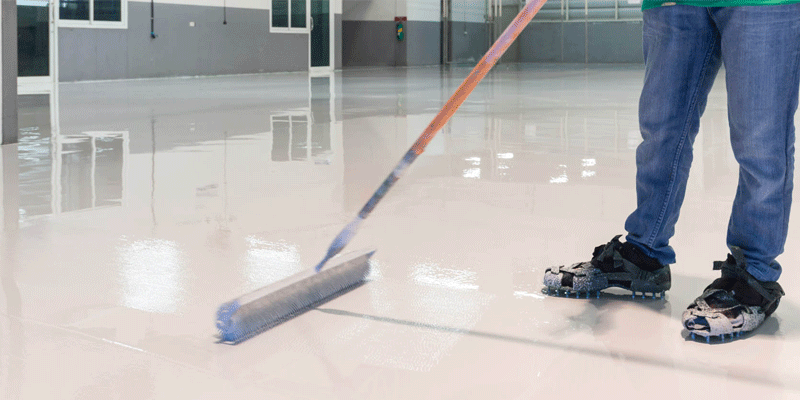
An epoxy coating consists of two main components, an epoxy resin and a hardener. The liquid epoxy resin is combined with the liquid hardener inside a mixing device called an applicator gun or hopper gun right before application. This mixture creates the working material that’s used for coating floors.
It’s important to note that while both parts are liquids when under normal circumstances, they will begin curing immediately after being mixed together into the working material for the application. The curing process, which is an exothermic reaction, can be sped up by heating the working material.
Epoxy Resin
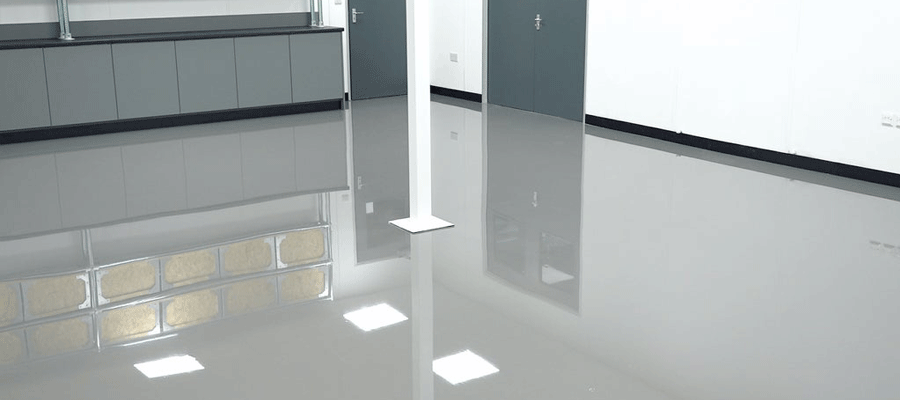
Epoxy resin is the main ingredient in epoxy coatings that’s responsible for providing protection. These resins are incredibly strong, chemical resistant materials that form a protective barrier on treated surfaces to defend against abrasion, chemicals, acids, impact damage, corrosion, and more.
These resins also make it possible for epoxy coatings to fill in small or large cracks and crevices of concrete or metal surfaces to create an extremely durable surface with great adhesive properties.
Epoxies are available in various forms besides liquid – powder is another popular form due to its ease of use when applying finishes. The powder can be blown onto flooring by airless spray equipment resulting in less waste than traditional liquids. Epoxy powders are typically only used for spot repairs rather than entire flooring applications.
Epoxy Hardener
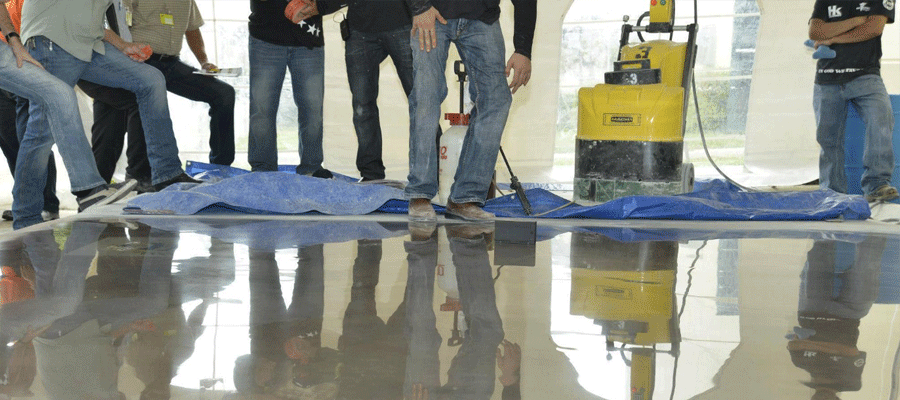
Epoxy hardeners are one of two components that come together to form the epoxy working material. These materials work with the epoxy resin to create a chemical reaction that causes the coating to cure and protect treated surfaces from damage. The hardener is responsible for creating this curing process, which breaks down as heat is generated during the early stages of curing.
These components can be combined to form an endless number of different products because they’re available in a wide variety of sizes and types. There are low viscosity types ideal for thin coats, medium or medium-high viscosity options well-suited for filling cracks and gaps, and high viscosity varieties best suited for maximum protection.
Types of Epoxy Coatings:
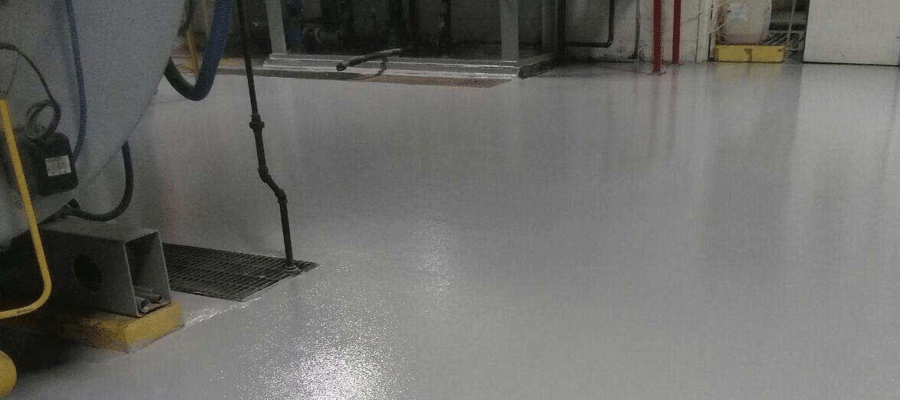
There are many different types of epoxy coatings available, including high-performance options designed for professional contractors and DIY enthusiasts who want to create a protective finish quickly. It’s important to note that while these products can be used on concrete or metal surfaces, they cannot be left exposed to moisture or other elements for an extended period of time due to the risk of corrosion.
UV-resistant epoxies are a popular choice because they provide excellent protection from damage caused by direct light from the sun. These coatings come in a variety of colors and textures to make any surface beautiful and highly functional. UV-resistant finishes should always be applied over the top of other epoxy coatings if this type is used on its own unless the other coating is specifically designed to be UV-resistant.
Chemical-resistant coatings are another popular option due to their ability to provide protection against abrasion, impact damage, corrosion, and more. Chemical resistance is accomplished through the use of specialty resins with lubricants that make it easy for tools like squeegees and trowels to slide across the surface during application.
Oil-resistant epoxies are extremely common in industrial settings where they’re applied on factory floors or areas used by heavy equipment because of their ability to stand up better than other types when exposed directly to oil spills and leaks.
How To Care For an Epoxy Floor:
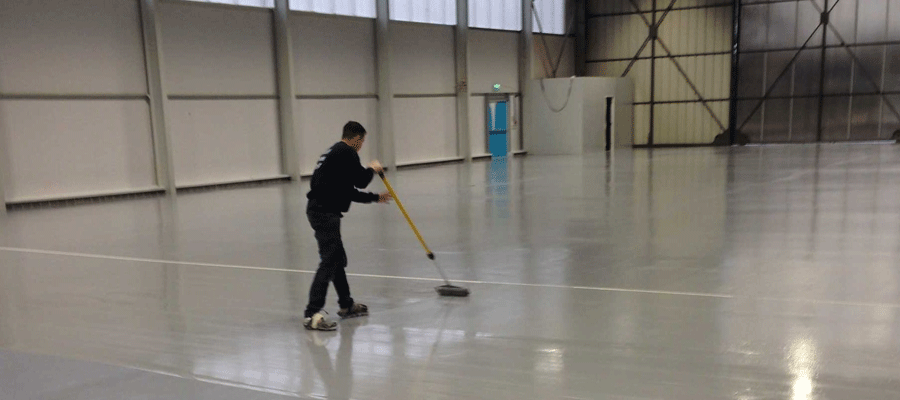
Once an epoxy coating has fully cured, it’s typically difficult, if not impossible, to remove. The finish should be cleaned using approved materials and methods, which typically means using a mixture of mild soap and water or other products designed for specific types of surfaces.
It’s also important to avoid the use of harsh chemicals like gasoline, paint strippers, and degreasers because they can erode the protective properties of epoxy coatings over time. Products that contain silicone should not be used to clean an epoxy surface either, as this type of chemical has been known to cause deterioration of resinous finishes due to its high level of penetrative qualities.
Benefits Of Choosing Epoxy Flooring:

There are many benefits associated with choosing epoxy flooring for a variety of commercial and residential applications. When properly applied, epoxy coatings create durable finishes that are virtually maintenance-free to save time and money. They’re available in a wide variety of colors and textures so that they can be used on any type of surface, including indoors and outdoors. Additional benefits include:
· Durable finish makes surfaces more slip-resistant and easier to clean
· Protects against abrasion, corrosion, dirt pick up, impact damage, stains/blotches, and other types of common wear and tear
· Cures to form a dense yet flexible material for excellent sound insulation properties
Epoxy Flooring is an extremely versatile product that can be used for a wide variety of applications, including both interior and exterior surfaces. The coatings are available in an assortment of sizes and types, so you can choose the best solution for your specific needs. Once applied, epoxy floors should be maintained on a regular basis to ensure they stay pristine for years to come.
In conclusion, epoxy coating is a protective finish that forms a dense and flexible layer of material on top of an existing surface. Epoxies are resistant to abrasion, dirt, corrosion, impact damage, stains/blotches, and more. These coatings can be used for interior or exterior applications and come in various sizes and colors, with UV-resistant versions available as well.
If you are ready to have an epoxy floor installed in your home or business, reach out to our team at Epoxy Flooring Austin for a free consultation.
